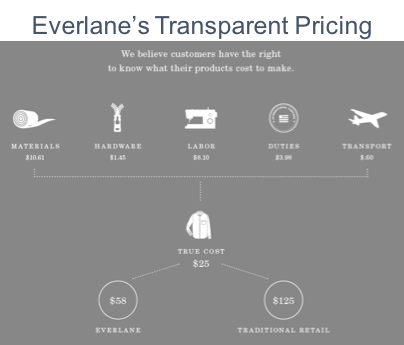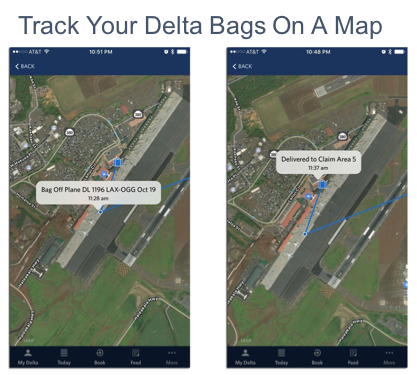Transparency Is The New Black At Delta Airlines And Everlane
Transparency In A New Light
Brand practitioners generally talk about transparency only when crisis hits the fan. There are text book examples of how to do it right, like Johnson & Johnson's deft management of the 1982 Tylenol poisoning episodes in Chicago. And then there are recent debacles: VW’s drawn-out admission of guilt, Samsung's self-combustion, and the Wells Fargo CEO's cringe-worthy testimony to the Senate Banking Committee. Reputation experts will tell you that transparency is the perfect antidote to crisis. But I'm here to tell you that transparency is not just for crisis control. It's fast becoming the new normal. In what Forrester has called the Age Of The Customer, a significant shift has occurred – away from institutions, and toward customers. This shift not only armed the consumer with much more information, but also created an expectation that brands share information more readily – information that may otherwise sit behind opaque corporate screens. Most of the brands are not there yet; many are still adjusting, often uncomfortably, to the vanishing asymmetry of information between brand and consumer.

For progressive CMOs, this lag between consumer expectation and brand delivery presents an opportunity to differentiate the brand. Proactively trumpeting transparent brands and giving customers the tools to benefit from this transparency can be a game changer and a source of advantage. Everlane, an online retailer of clothes and accessories, and Delta Airlines provide excellent examples of how to do this right.
Two Case Studies in Transparency
Everlane
This online retailer has built a business on radical transparency of pricing and ethical sourcing. The company shares similarities with American Giant, a brand I discussed in a previous post, in that it eschews the high distribution and marketing cost of traditional clothing retailers. Everlane takes this business model a step further and is extremely transparent about its entire value chain – each product's cost and margin structure is laid bare. In addition, detailed information about every manufacturing facility around the world, including anecdotes about the owners, is featured on the web site.

Delta Airlines
It's not just the emerging crop of brands that have all the cool toys. This old dog has plenty of new tricks. Delta has enjoyed a tremendous resurgence with a renewed focus on an industry-leading brand experience. The airline has seized the opportunity of further enhancing the customer experience with a continual emphasis on transparency. The black hole of checked baggage and the uncertainty and dissatisfaction associated with lost bags is a prime target. Earlier this year, Delta enabled passengers to check the status of in-transit bags on their app. And now, the RFID luggage tracking system lets you track your bag's journey through the airport on a map. It's a good sign when a brand is pushing to stay ahead of the competition. It's amazing when the brand, already ahead of the competition, is pushing to stay ahead of itself!

Takeaways:
Brands like Everlane and Delta have incorporated transparency into the very fabric of their brands. It's not a knee-jerk reaction to trouble. Rather, it's defines the character of the brand. CMOs and leaders of brands should ask themselves:
- Where does your brand/business have a transparency gap?
- Will customers (or other stakeholders) reward you for closing the gap?
- What levers (process, technology, culture, etc.) need to be activated to address the gap?
- Who else in the organization needs to be part of the gap-closing?
Transparency is not about damage control. It's about brand building.
